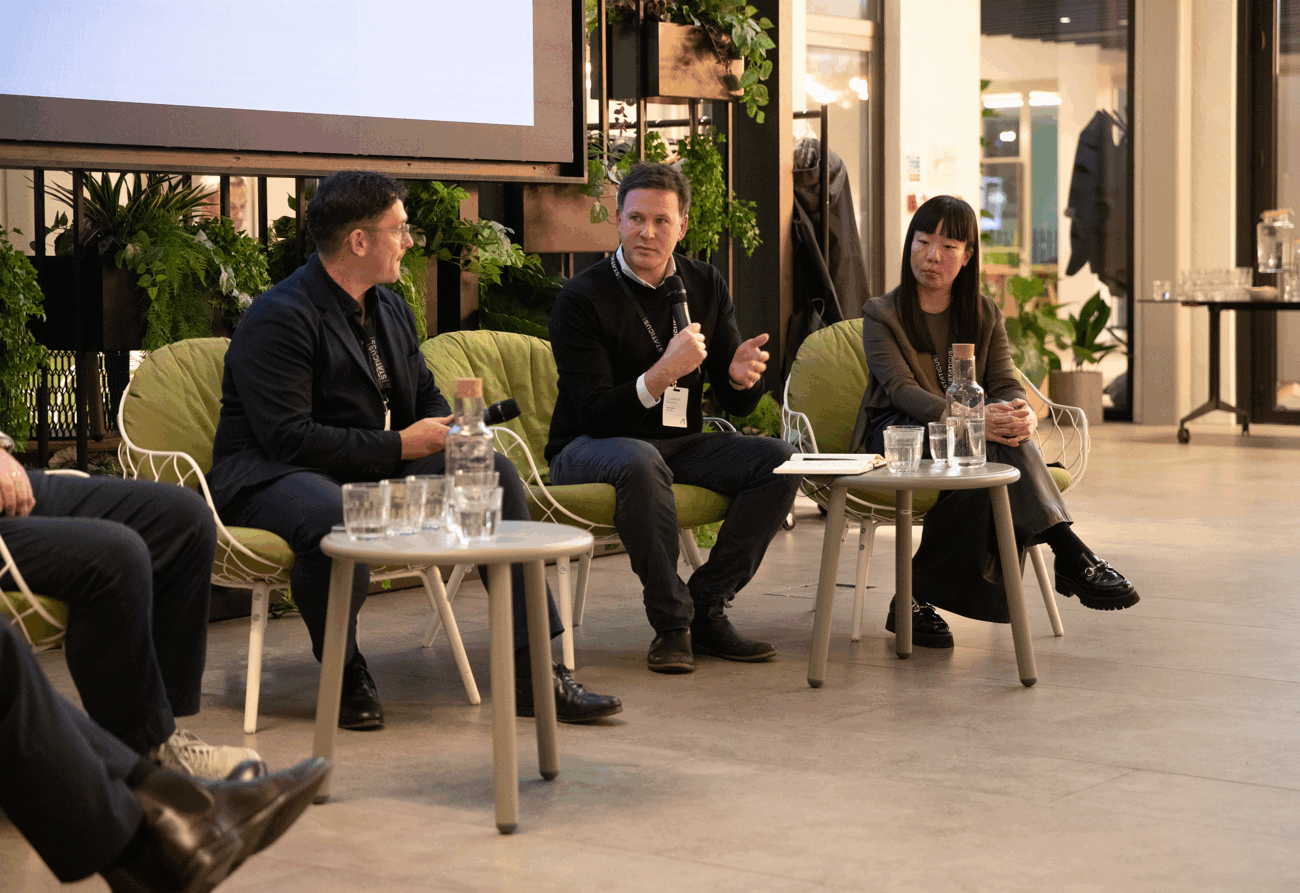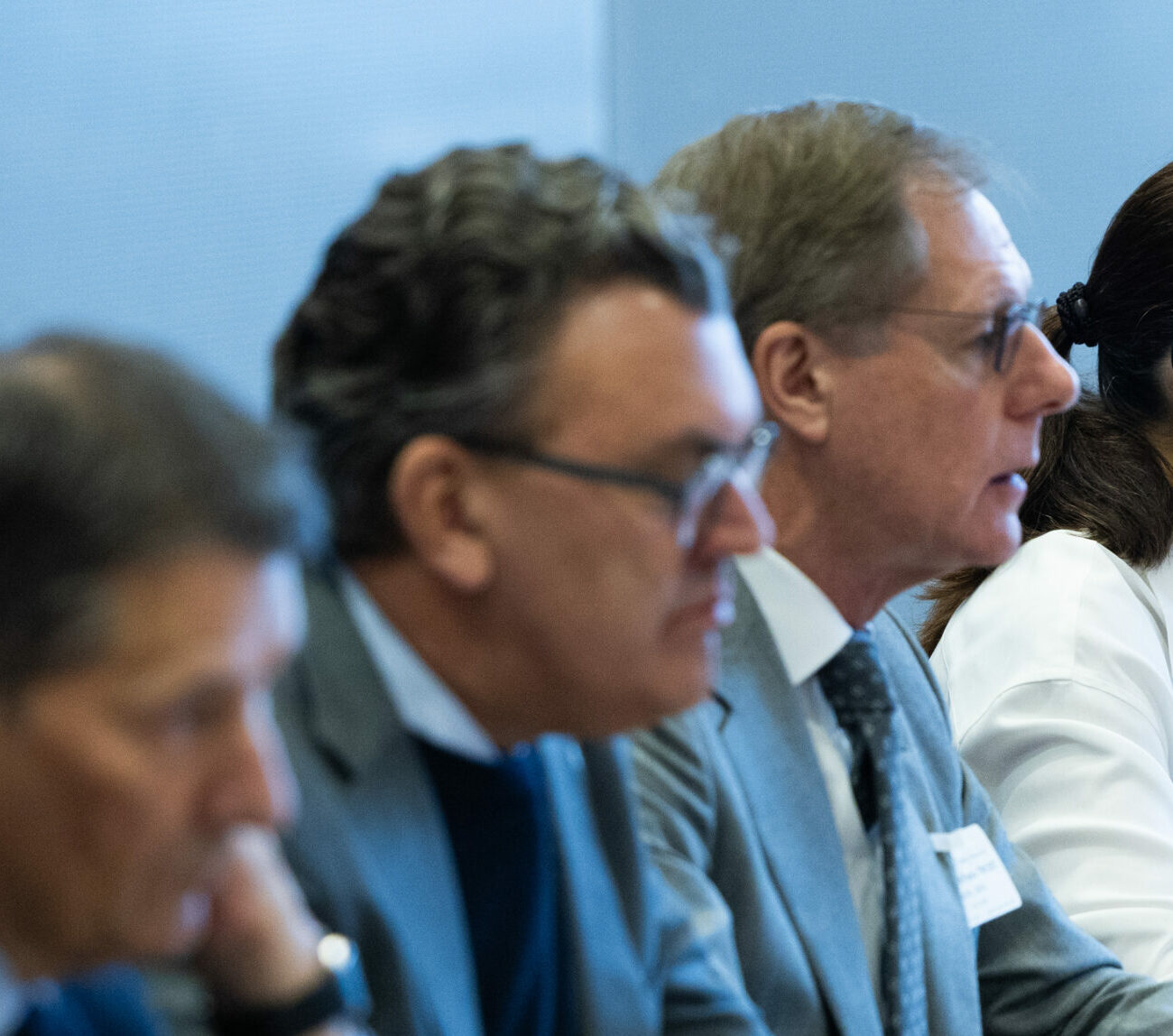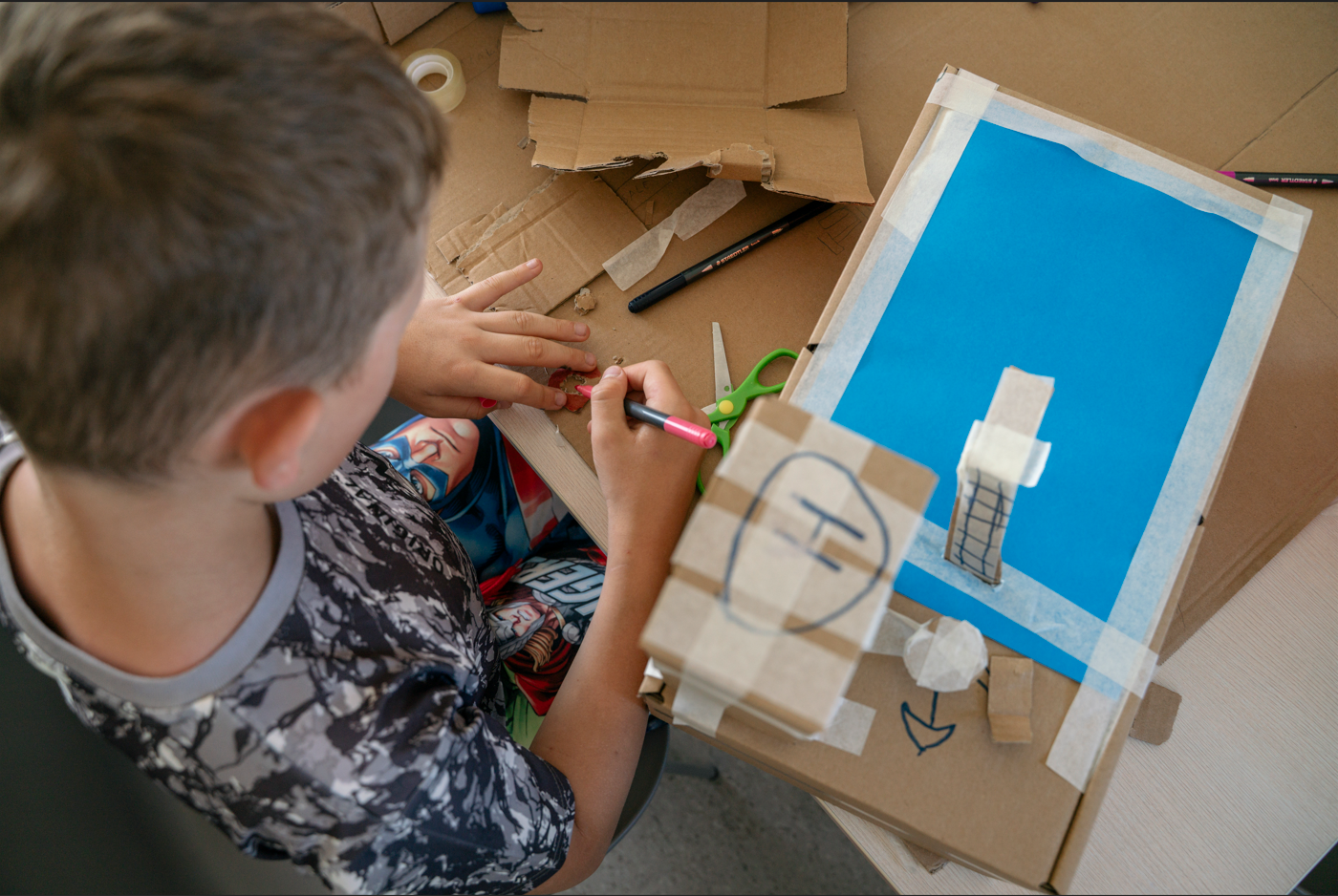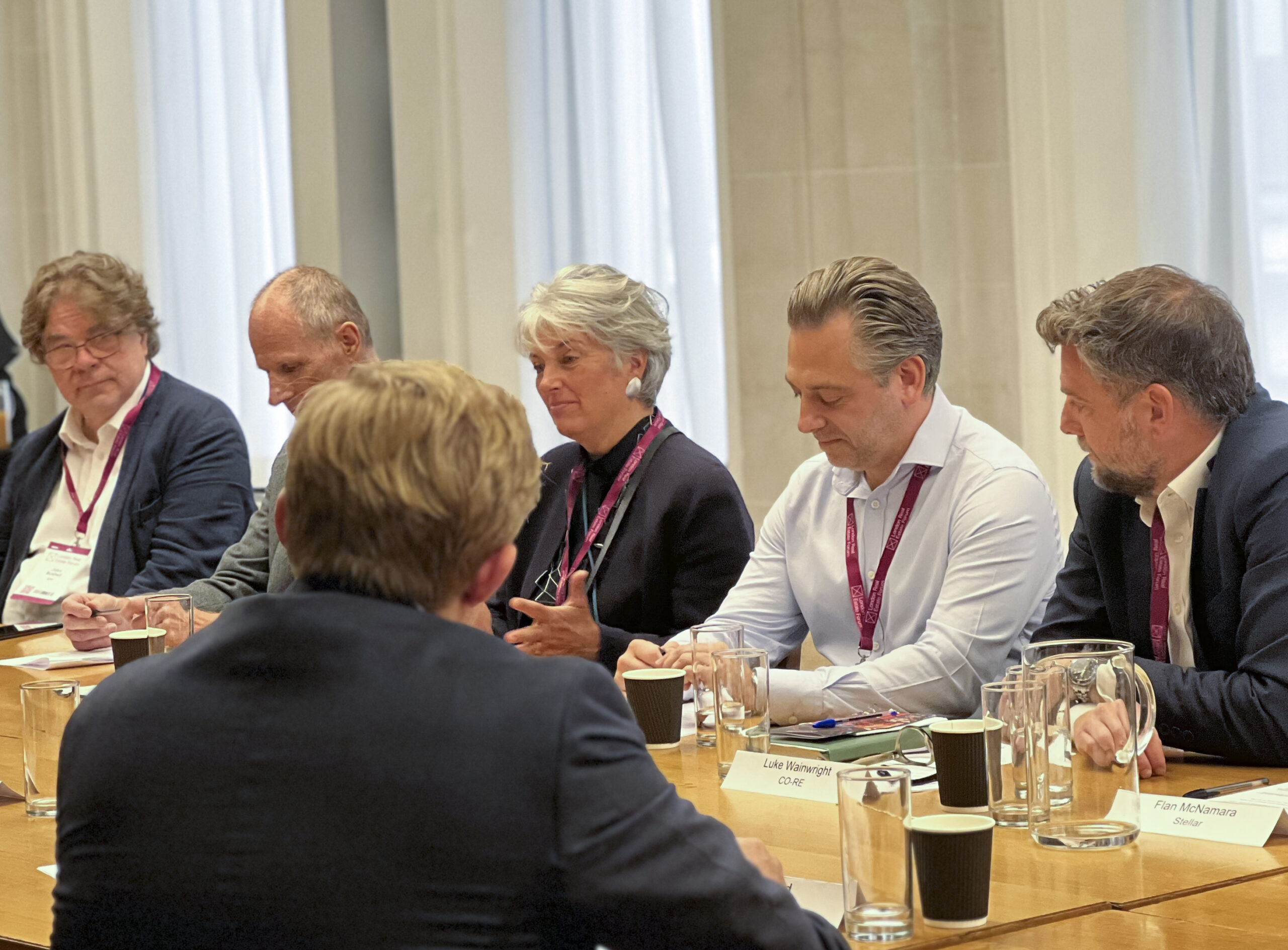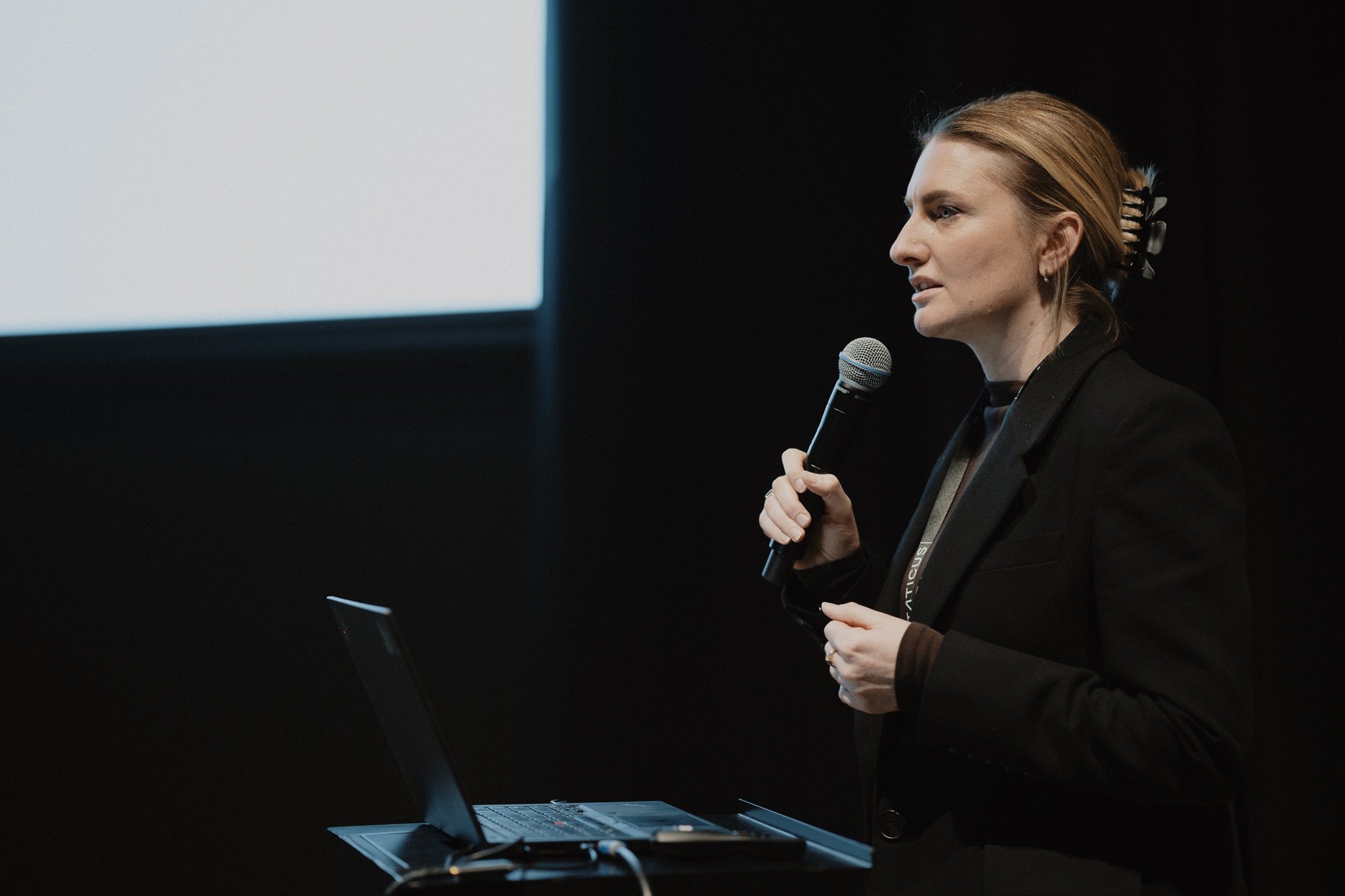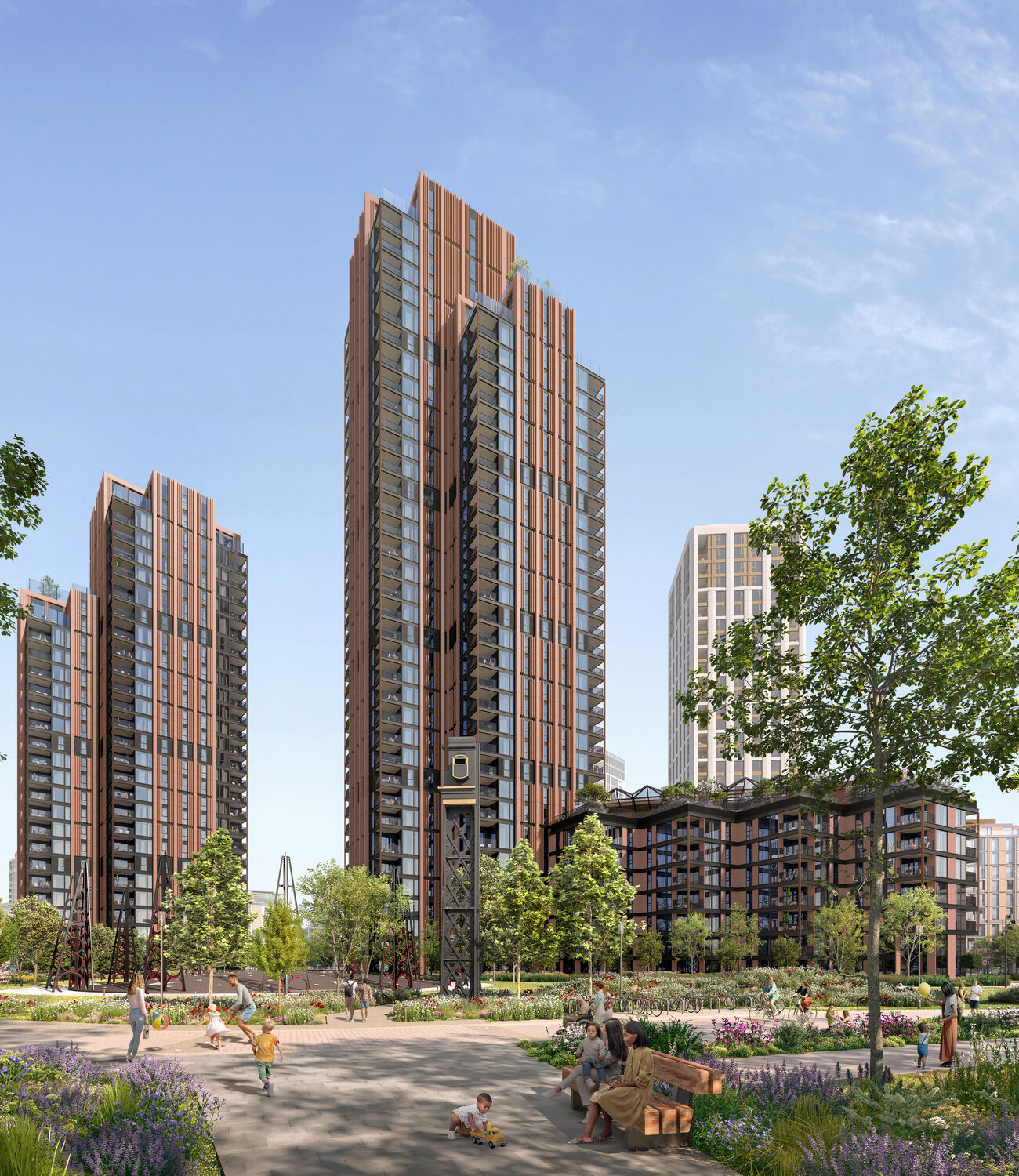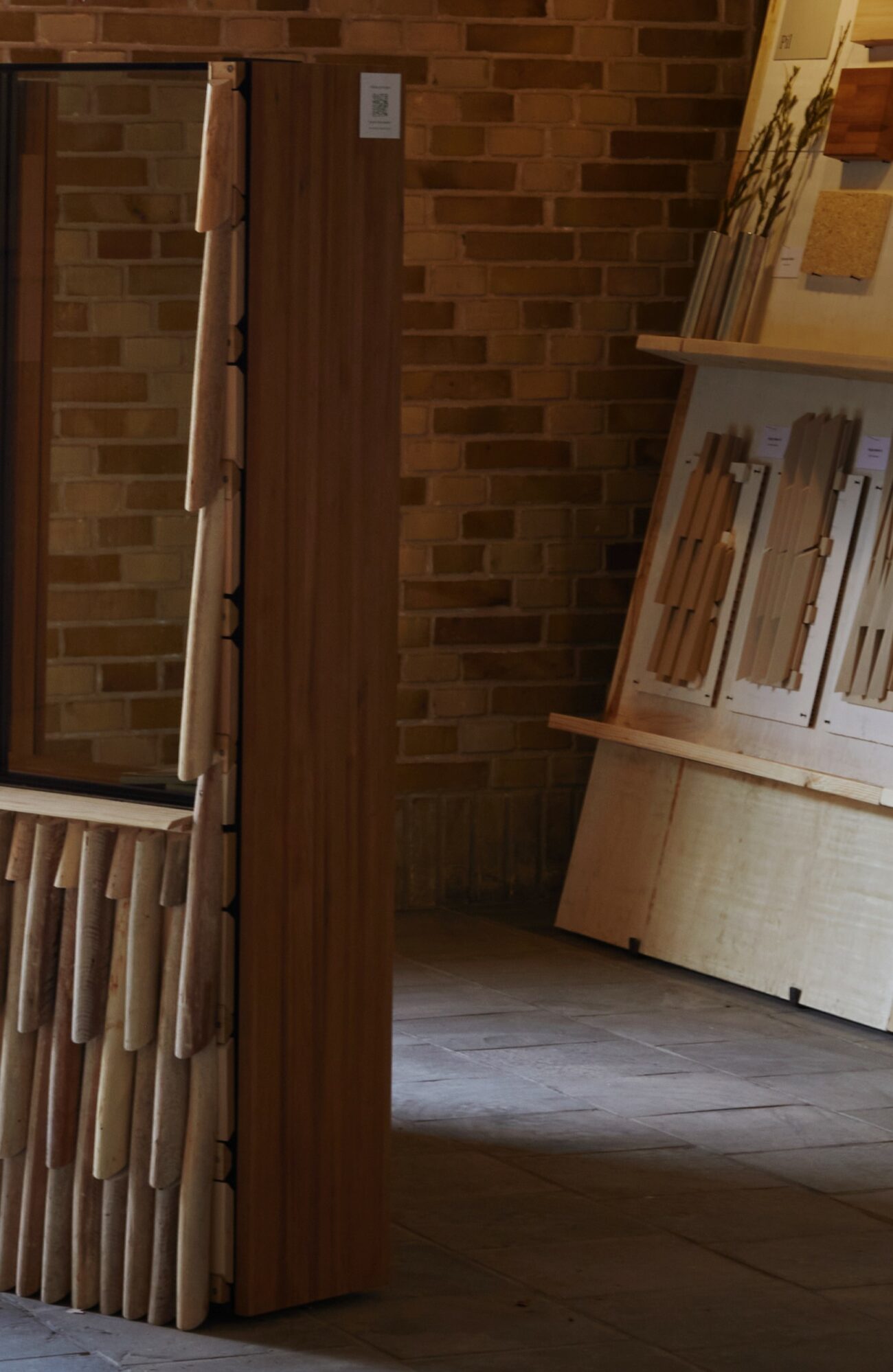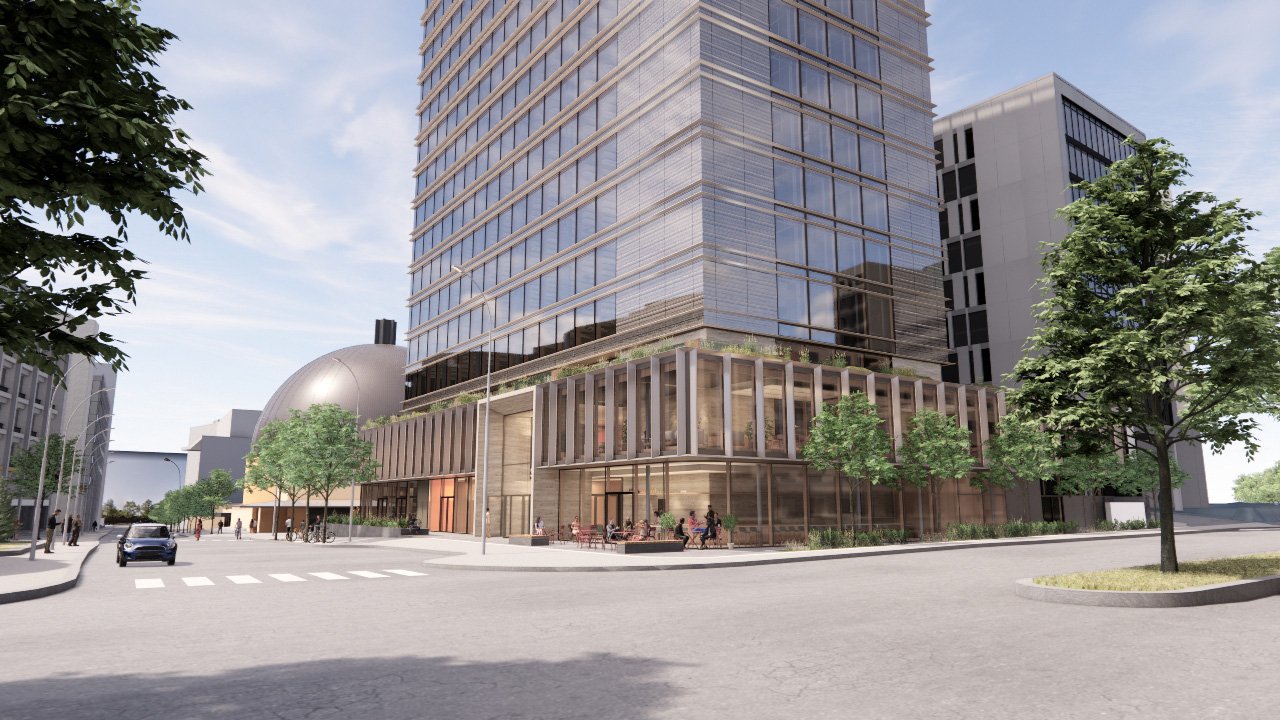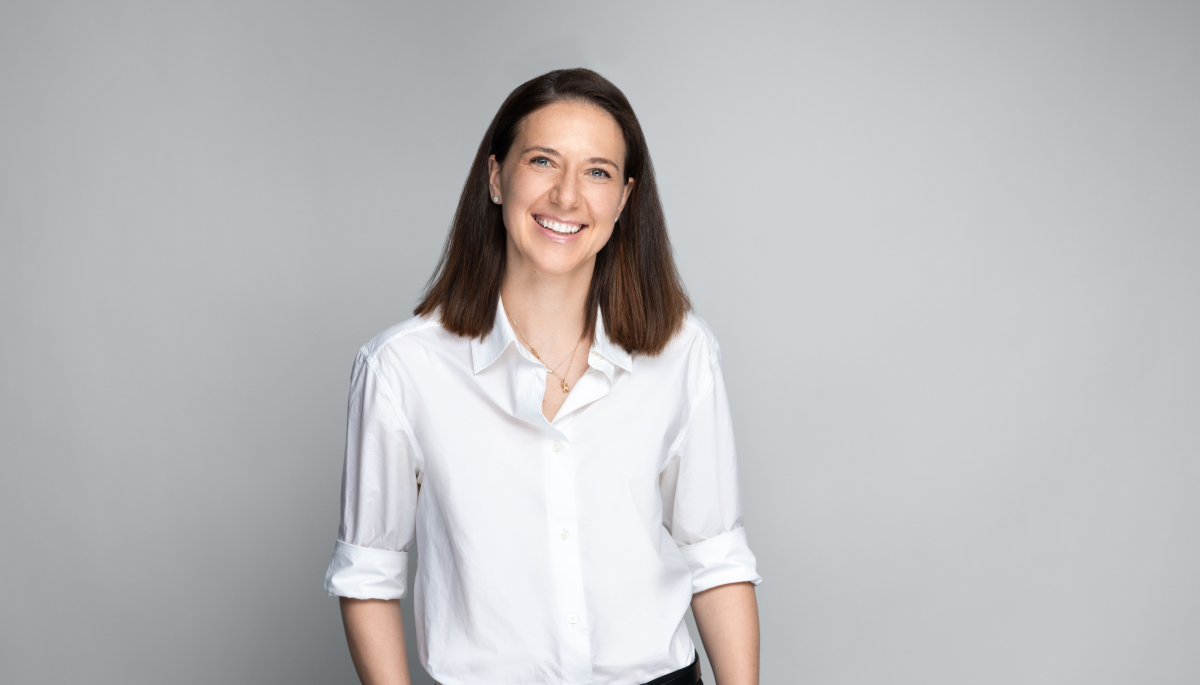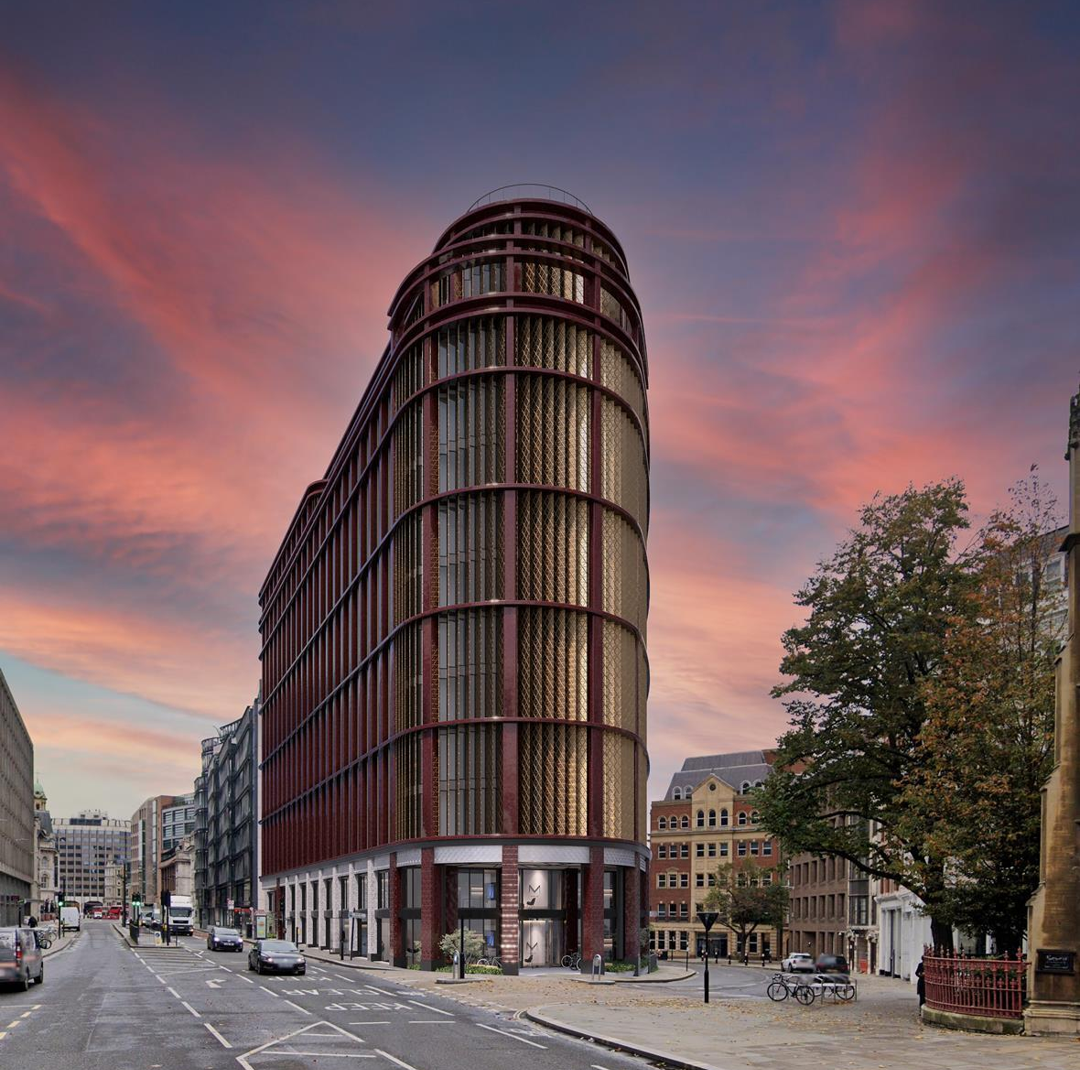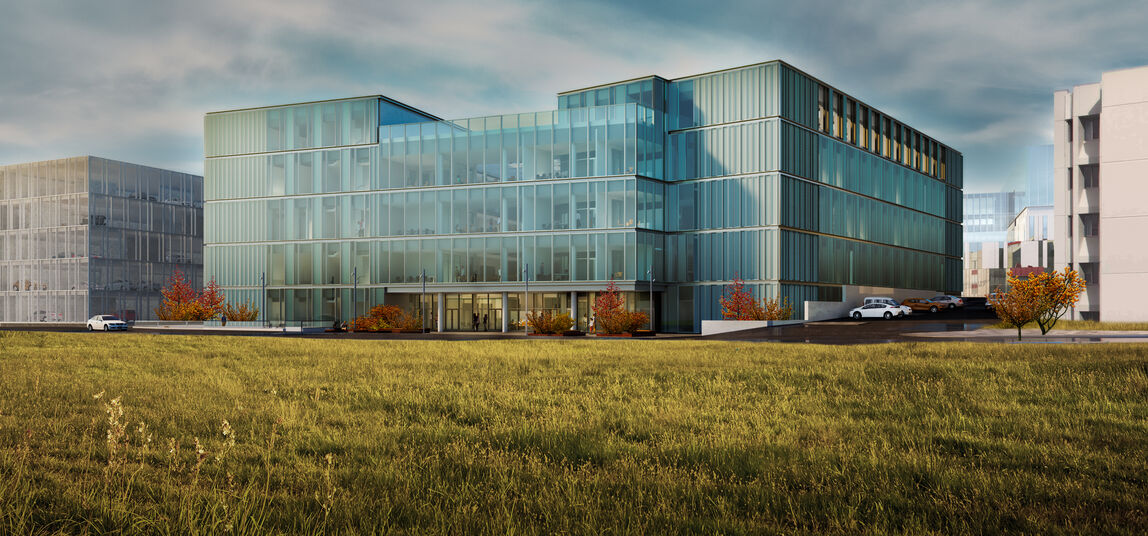By Anastasiya Popova, Sustainability Lead at Staticus
Staticus recently launched its comprehensive sustainability strategy for the coming years. And in this article, Anastasiya Popova, our Sustainability Lead, breaks down the process for developing our sustainability strategy, and some of the challenges we faced and overcame.
Creating a comprehensive and clear sustainability strategy for a construction company can be both a challenging and immensely rewarding process. But one thing is clear. These strategies are needed, and they are needed now.
Staticus recently launched its comprehensive sustainability strategy for the coming years. I would like to share some of my insights on how the process has been so far, and explain why having a sustainability strategy is so crucial in today’s business landscape. I hope that these can be helpful for people who are just setting off on their journey of building a sustainability strategy.
And for those who are yet to do so, perhaps it will provide some inspiration, and show that this is a very rewarding and valuable process.
Why have a sustainability strategy?
Across all our departments, Staticus has many ongoing activities in place dedicated to sustainability. And these have already resulted in significant changes and improvements.
However, these activities were dispersed and needed a structure. And this is why developing a comprehensive sustainability strategy became important. It was a way for us to integrate all of these activities, bringing together every picture of the puzzle. In this way we could understand exactly what we were doing as an organisation, and also communicate this effectively to our stakeholders.
We engaged with the Swiss consultancy, Sustainserv, to guide us through the theoretical process of developing a sustainability strategy, something they have successfully done for many other clients around the globe.
Following Sustainserv’s guidance, the process then proceeded in two clear stages:
- Stage 1: Conducting a materiality analysis,
- Stage 2: Defining our objectives and the concrete actions we would take.
I would like to go into a bit of detail on what happened at each of these stages, before talking in more depth about the main challenges and key successes we experienced during this process.
Stage 1: Conducting a materiality analysis
It can be easy to think of sustainability as something uniform, and to believe everyone has the same priorities.
In fact, sustainability is a very broad field that incorporates many topics from various domains (the environment, society, the economy, and governance). Clearly, certain sustainability topics will be much more important for some departments or individuals than for others, even within a single organisation. And once you factor in external stakeholders as well, it becomes clear that not every issue matters to each party – and to each business as a whole – to the same extent.
So, our first task was to conduct a materiality analysis.
What is a materiality analysis?
A materiality analysis is a way to identify priority topics from the perspectives of the business, external stakeholders, and the broader society. These key topics can then be mapped against each other in the form of a materiality matrix.
This gives you a clear picture of which issues are relevant to all stakeholders, and which are very important but perhaps only from one perspective. Armed with this information, you can then set clear objectives and define concrete actions for these priority areas.
How did we conduct our materiality analysis?
We held a series of interviews with the widest possible range of internal and external stakeholders.
And here, Staticus’ commitment to long-term partnerships really helped us. Our partners were ready and willing to commit their time to speak to us.
Internally, we involved people from every department and team to discover their needs and priorities. Externally, we talked to general contractors, investors, banks, suppliers, designers, engineers – basically, everyone we worked with directly or indirectly.
In the interviews, we asked them to share their insights on critical topics in the sustainability field, given their particular position in the industry. This allowed us to better understand market needs and the challenges specific to our value chain.
Through this process, we were able to identify which topics were universally relevant. We could also see which topics matter a lot to one group, but not much to others. For example, internally employee engagement was a topic that was raised consistently. But for our external stakeholders this wasn’t as important.
Meanwhile, topics like carbon footprint and employee Health & Safety were highly relevant to everyone we spoke to.
The end result of this process was a materiality matrix that mapped a selection of all the key topics we had identified around sustainability according to how relevant they are to different parties.
Stage 2: Focusing on objectives and actions
Armed with the information gathered from our interviews, we were ready to define clear sustainability objectives and actions in the focus areas we had identified.
We took our key topics from the materiality analysis and then matched them up with what was currently happening within Staticus.
For me, the most valuable part of this stage of the process was reviewing all of the strategic initiatives that we already had in place. We could work out what was still highly relevant, what was redundant, and where the gaps were.
Then the next step was to create a long-list of objectives we wanted to focus on – we came up with 25 in total.
After plenty of discussion and deliberation, we boiled these down to 5 focus areas:
1. Transparency: this includes our commitment to transparent reporting, communication and compliance.
2. Partnerships: the focus here is on ensuring we share the same mindset and keep close cooperation with our partners, both upstream and downstream.
3. Innovation: here we are talking about our R&D activities focused on low-carbon solutions, circular construction, and IoT systems.
4. Climate protection: this is all about monitoring and improving the carbon footprint of both the projects we work on and of our operations.
5. Being a sustainable organisation: this is dedicated to our education and training efforts to bring all team-members equally onboard with sustainability.
You can read a full breakdown of our sustainability focuses here. These focuses are the foundation of our sustainability strategy.
The main challenges of building a sustainability strategy
As you can probably tell, conducting our materiality analysis and setting out our focuses was an extensive and fascinating process. And there were plenty of challenges along the way.
I would like to go through a few of the biggest challenges we overcame – hopefully this will be helpful for anyone in the construction sector who is working on, or thinking about developing, a sustainability strategy for their organisation.
Challenge 1: Getting consistent data
Understanding the status quo and setting realistic targets in each sustainability area requires the collection and analysis of data in various forms.
To get an accurate understanding of where your organisation is – and by extension, where it needs to be – consistent and up-to-date information is very important. This is needed to understand what’s already been done in terms of sustainability and where the gaps are.
As I mentioned in my introduction, each department in Staticus had already been active in the sustainability field. Therefore, a certain amount of data related to sustainability activities had already been collected beforehand. Since the collection process was often driven by each department independently, and therefore lacked coordination, the data was not always consistent, complete and easily accessible. For example, it was possible to obtain the data related to the flow of packaging materials from three departments at the same time, and this data was measured and stored in different ways.
The solution was to bring the data from the various sources into a single pool of sustainability-related information. In this repository – our so-called sustainability strategy map – each sustainability objective was clearly described with the corresponding projects and their owners, as well as the KPIs to be measured.
To achieve this, a lot of work went into understanding what relevant sets of data exist in each department, who is responsible for them, and which methods are available to measure the as-is condition and to monitor our progress in the future. Now, having clearly defined the ownership and the format of data, as well as the performance metrics, it will be easier and faster to track our progress towards our sustainability goals.
Challenge 2: Proving that sustainability is not just an “additional” task
As you can probably tell, creating our strategy required a lot of input from our stakeholders. As I mentioned, our well-established partnerships really helped to facilitate this process with our external stakeholders.
But what about within the organisation?
Obviously, getting input from your colleagues requires them to do additional work. For example, they may have to reorganise the way they collect and store data. So one challenge is how to ensure your colleagues understand that this is not really extra work for them to do, but rather a restructuring of what they are doing already.
For me, it’s about explaining to them that sustainability is not an additional task, but a way to do your current work more efficiently while thinking about the long-term. It’s great that here in Staticus, team members already understand that a focus on sustainability is vital in the construction industry. It’s not something we can choose to do or not. This mindset is based on a strong foundation at Staticus. Not only did the commitment to sustainability start early, there was also great leadership within the company that provided a clear vision guided by long-term thinking.
But, even with this positive attitude, I still wanted to find more ways to accelerate these tendencies and encourage my colleagues to excel. One effective approach was to explain that this was an investment today that would pay off tomorrow. If you have all your data organised in a clean and accessible way, a day will come when this will save you lots of time. For example, when you need to urgently respond to a client’s request for some statistics on company operation.
The biggest successes so far
So, I’ve mentioned the challenges. But for every challenge, there has been a success story and something to make us proud as a team.
There’s one thing in particular that has made me really happy – the number of colleagues and departments who are now fully onboard with sustainability.
After developing our sustainability strategy, so many people in Staticus are actively participating in this area and understand its value for the business, society and the environment. We are now seeing a transfer of ownership – many of my colleagues are also becoming owners of our sustainability strategy within their departments and work areas. Moreover, many colleagues are proactive and volunteer to contribute to our strategic projects.
And this is such a pleasing thing for me to see.
From strategy creation to measurable KPIs, implementation and reporting
So what comes next for Staticus’ sustainability strategy? Well, now that we have our focus areas defined and we know what we are going to report on, it’s all about measurement of the KPIs, target setting, and implementation of the actions required to achieve these targets in a given timeline.
For each focus area we are setting clear KPIs, defining exactly how they are measured, and clarifying what the future targets are. Each target requires a feasibility study and an action plan, followed by implementation in intermittent measurable milestones. It is critical that the targets set are both realistic and ambitious, and are further distinguished in terms of a timescale (short-term, mid-term, and long-term targets).
By the end of this year, Staticus will have concluded on the measurable units for each target, and their milestones, and transparent progress reporting will already be taking place in 2023.
For me, this is a really exciting next step in the process. Having reflected, listened and focused, we are now ready to further implement concrete changes to consistently improve our sustainability performance.

